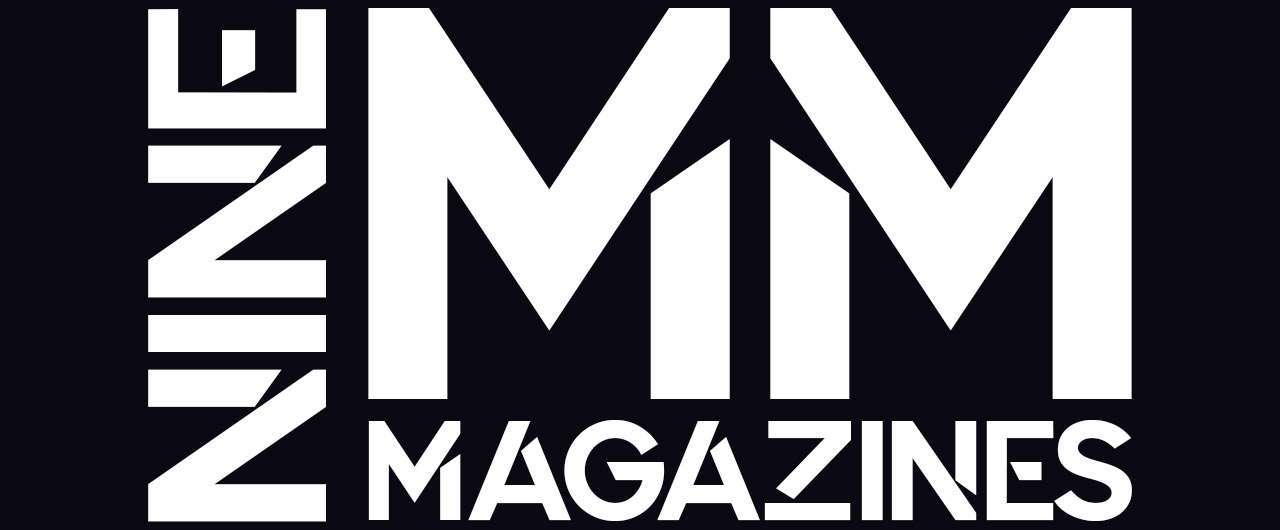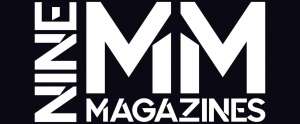
Parts Of A Gun Magazine
Disclaimer: This page contains affiliate links, meaning we receive commissions for any purchases made through the links on this page.
A magazine is a key component of modern firearms, particularly semi-automatic pistols and rifles. Understanding the components of a gun magazine will give you a deeper grasp of firearm mechanics and lead to better and safer shooting.
A gun magazine, simple as it may seem, has several parts that play a crucial role in the firearm’s function. The gun magazine’s parts include:
- The Shell
- Spring
- Follower
- The Base Plate
- Feed Lips
Magazines can fail, often at unexpected times. Knowing your firearm’s magazine inside and out will allow you to ward off malfunctions and avoid failures.
After outlining the parts of a magazine, we’ll touch on some variations, such as tube magazines and the infamously misunderstood relative of the magazine – the clip.
History Of Modern Gun Magazines
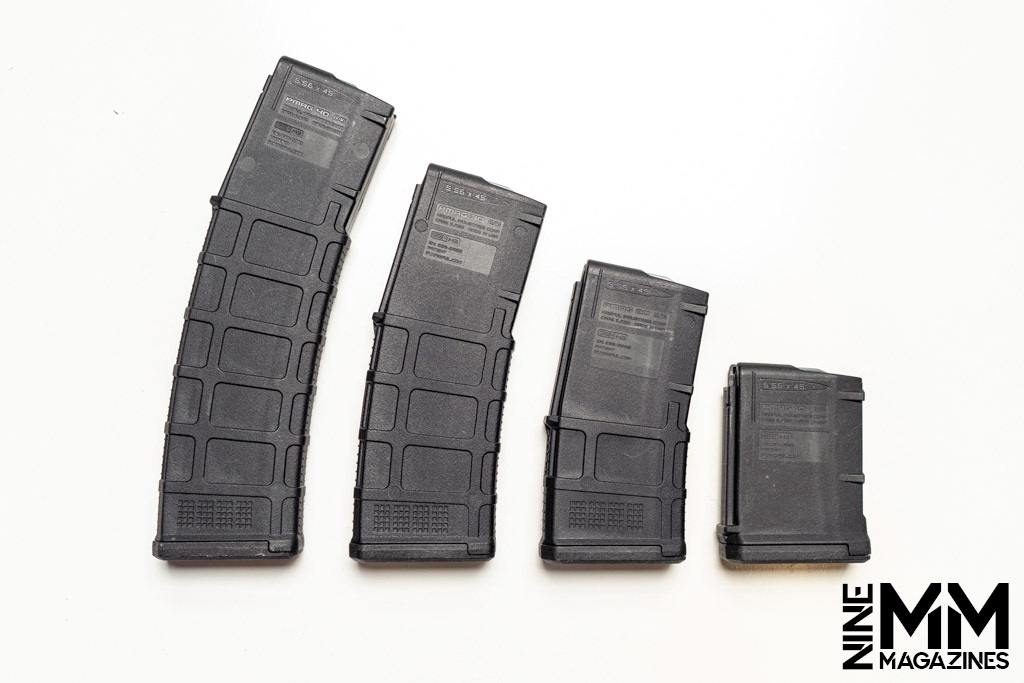
Let’s start with a bit of gun magazine history. The firearm is hundreds of years old, and there are even ancient accounts of a “hand cannon.” However, the magazine’s history as we know it today is more recent. As bullets became smaller and faster, there was a natural progression toward higher-capacity magazine-fed firearms.
While some point to different sources, around 1860, the Spencer carbine emerged and saw much use during the Civil War. It was one of the first widely known repeating rifles using a system similar to a tube magazine, with the rounds feeding from the stock.
In the 1800s, magazines began to develop further. These days, we have so many variations that it’s hard to keep track of them. Nevertheless, most magazines still share similar parts.
The Parts In A Semi-Automatic Gun Magazine
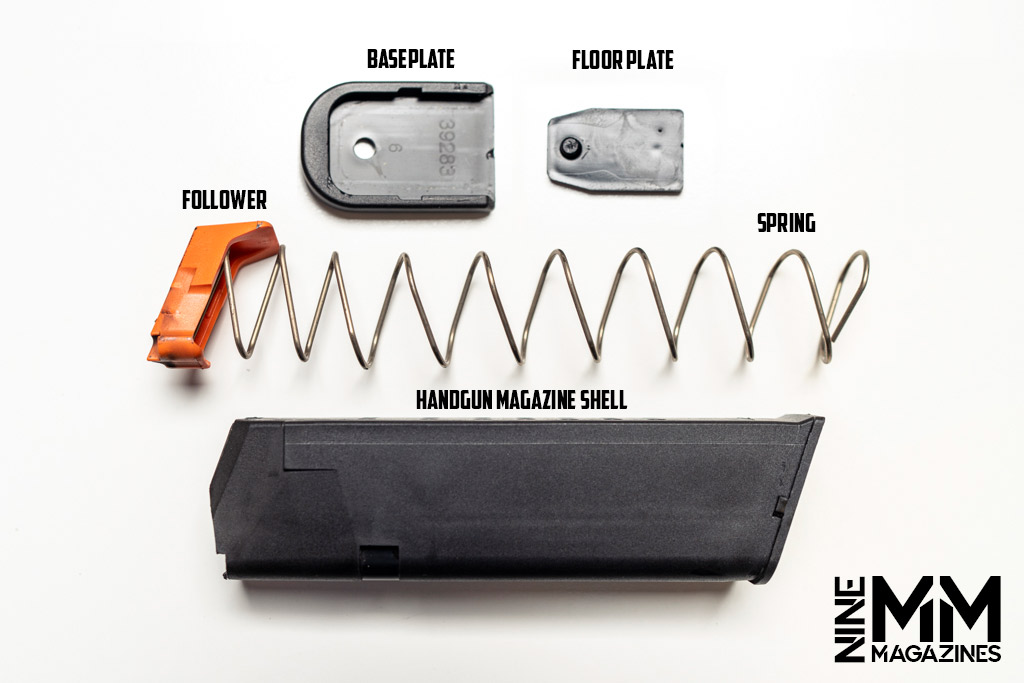
A magazine holds ammunition and facilitates the rounds feeding into the firearm’s chamber. We’ll begin by discussing the parts of the most popular magazines. These include the magazines found in a modern semi-automatic pistol, like a Glock, or a modern rifle, such as an AK-47 or AR-15.
Later on, we’ll talk about tube magazines, like you might find on a lever action firearm or a pump action shotgun.
The parts of a gun magazine are:
- Shell (body)
- Feed lips
- Spring
- Follower
- Baseplate
Note: You may have heard about a drum magazine, box magazine, or banana clip. While these magazines have slightly different designs and capacities, they share the same essential parts.
Shell: The Body Of A Firearm Magazine
The shell or magazine casing is what you see – the structure holds the ammunition. While some magazine shells are polymer, some are steel, and some are a combination of both. The shell is the magazine’s body and holds the spring, the follower, and the rounds.
The top of the shell has something called a feed lip – let’s look more closely at it.
Feed Lips: The Top Of The Gun Magazine
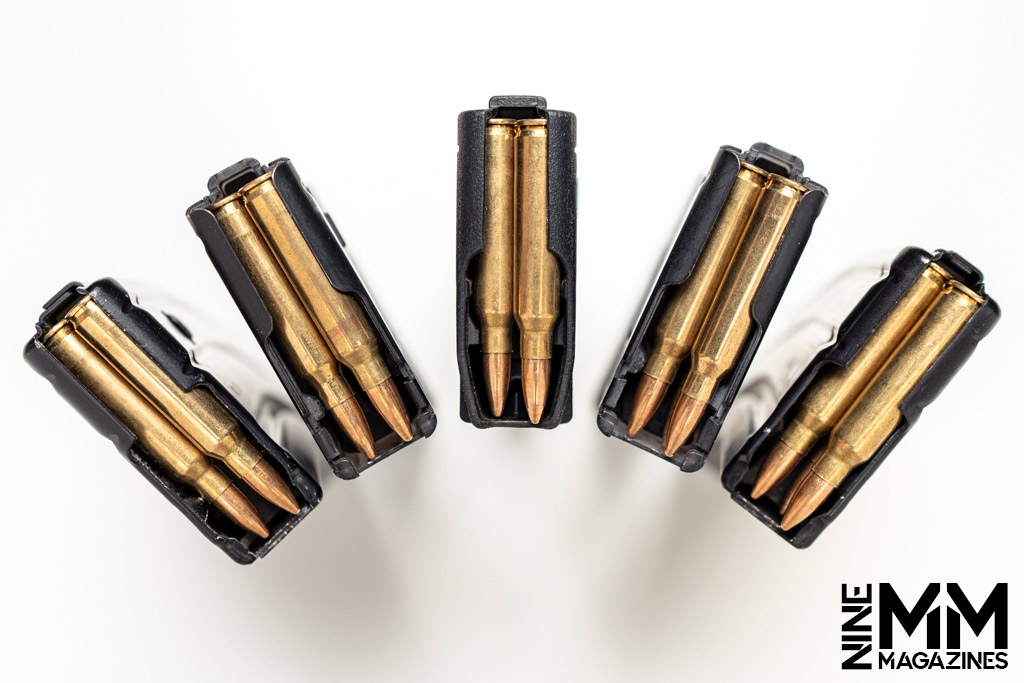
The feed lip of a magazine is a raised portion at the top of the magazine. The feed lip often arches and has a gap in the center – where the round transitions from the magazine to the chamber. While the feed lip seems simple, it performs several important jobs.
First, it needs to allow easy loading. There must be enough space so the user can push the rounds into the magazine. Second, it needs to hold the rounds in place. Without the feed lip, the rounds would fly out like a jack-in-the-box.
Finally, the lip must allow the bolt to engage the round and pull it into the chamber.
Below the feed lip, you’ll find the follower (in an empty magazine).
The Follower: The Internals Of A Gun Magazine
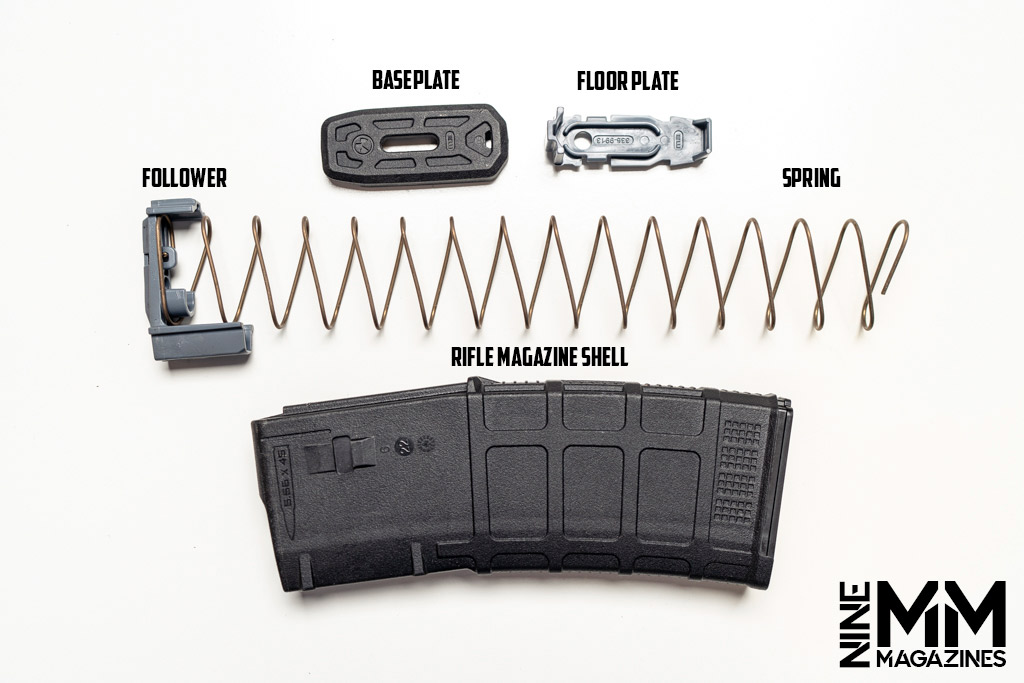
The follower rests within the casing of the magazine and sits atop the spring. It’s the part of the magazine that engages the rounds, keeping them secure and ensuring they feed easily into the gun. The follower rests on top of the spring and often has a high-visibility color so you can see if the magazine is empty or loaded.
The Spring In A Gun Magazine
The spring is the force that pushes the rounds toward the top of the magazine. Consequently, the spring sits between the baseplate and the follower. When you load the magazine, the spring compresses, keeping the rounds pressed toward the top of the magazine.
Occasionally, the spring will go bad, leading to feeding failure. Therefore it’s wise to routinely clean and evaluate the spring to ensure proper function. Let’s talk about the baseplate that holds the spring against the follower.
Floor Plate & Baseplate: The Bottom Of The Gun Magazine
The floor plate sits on the opposite side of the follower. This baseplate is the bottom of the magazine, the part that allows you to grip it. Gun owners will often remove the baseplate to service the magazine.
Once you’ve removed the baseplate, the spring and follower come out, allowing you to clean the magazine’s interior. In many firearms, the floor plate and baseplate are essentially the same.
Now, let’s take a moment to discuss another type of magazine.
Tube Magazines: Shotgun & Lever Action

The tube magazine is part of the firearm’s design. This tube style is one of the earliest forms a magazine took, with the lever action Henry 1873 and the Spencer Carbine.
You’ll commonly see tube magazines on shotguns, mainly pump action and semi-auto. For rifles, you’ll find tube magazines on lever-action models.
The tube magazine usually sits parallel to and below the firearm’s barrel. The tube magazine often has a removable end cap, allowing you to replace the spring, clean the interior, or add an extension (or plug) to the magazine.
Before we go, let’s clear up a point of confusion.
Clip VS Magazine – What’s The Difference?
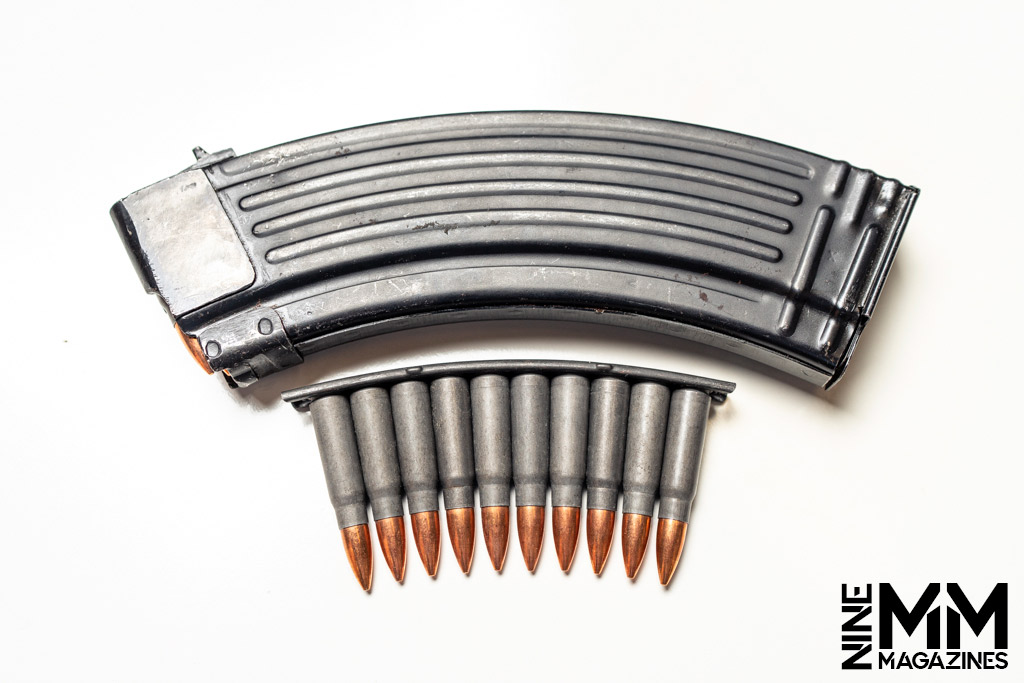
The clip and the magazine are not the same, though they are commonly confused. A clip holds cartridges so you can quickly load them into the firearm’s magazine. A clip does not have a spring, a baseplate, or feed lips (like the magazines we have discussed). Also, most of the time, the clip does not stay within the firearm.
Even with guns (like the M1 Garand) where the clip stays in the firearm, the clip does not function as the magazine, as it does not have a spring, a body, or a follower, and it does not direct the rounds into the chamber.
Magazines usually take up a little more space, whereas the clip is designed to be more lightweight. The clips vs. magazine question can be confusing, but once you see the two in action, you’ll never forget it. Here’s a video on the difference between clips and magazines.
Conclusion: The Components Of A Gun Magazine
Magazines are an integral part of modern guns. By working to understand the magazine, you put yourself in the best position to prevent malfunctions and correct failures.
Remember, clips are not the same as magazines. The magazine is an enclosed unit made to house and feed the rounds into the chamber, and the clip holds the rounds and allows them to be rapidly fed into the magazine – some firearms require clips, and some do not.
If all this talk about springs and followers intrigues you, and you’re curious to learn more about gun magazines, check out our handgun, and rifle magazine tests on the blog.
Guest writer Gideon Zielinski is a nationally registered paramedic.
